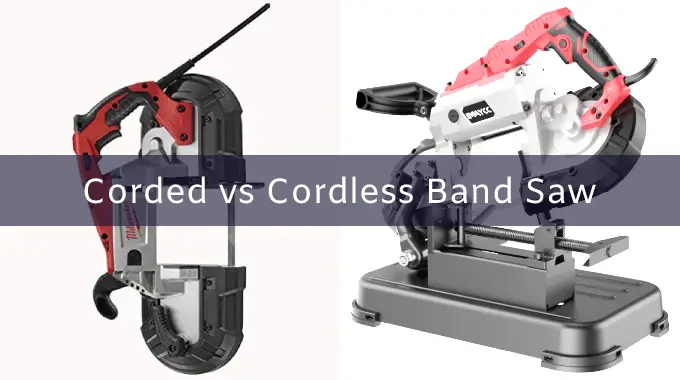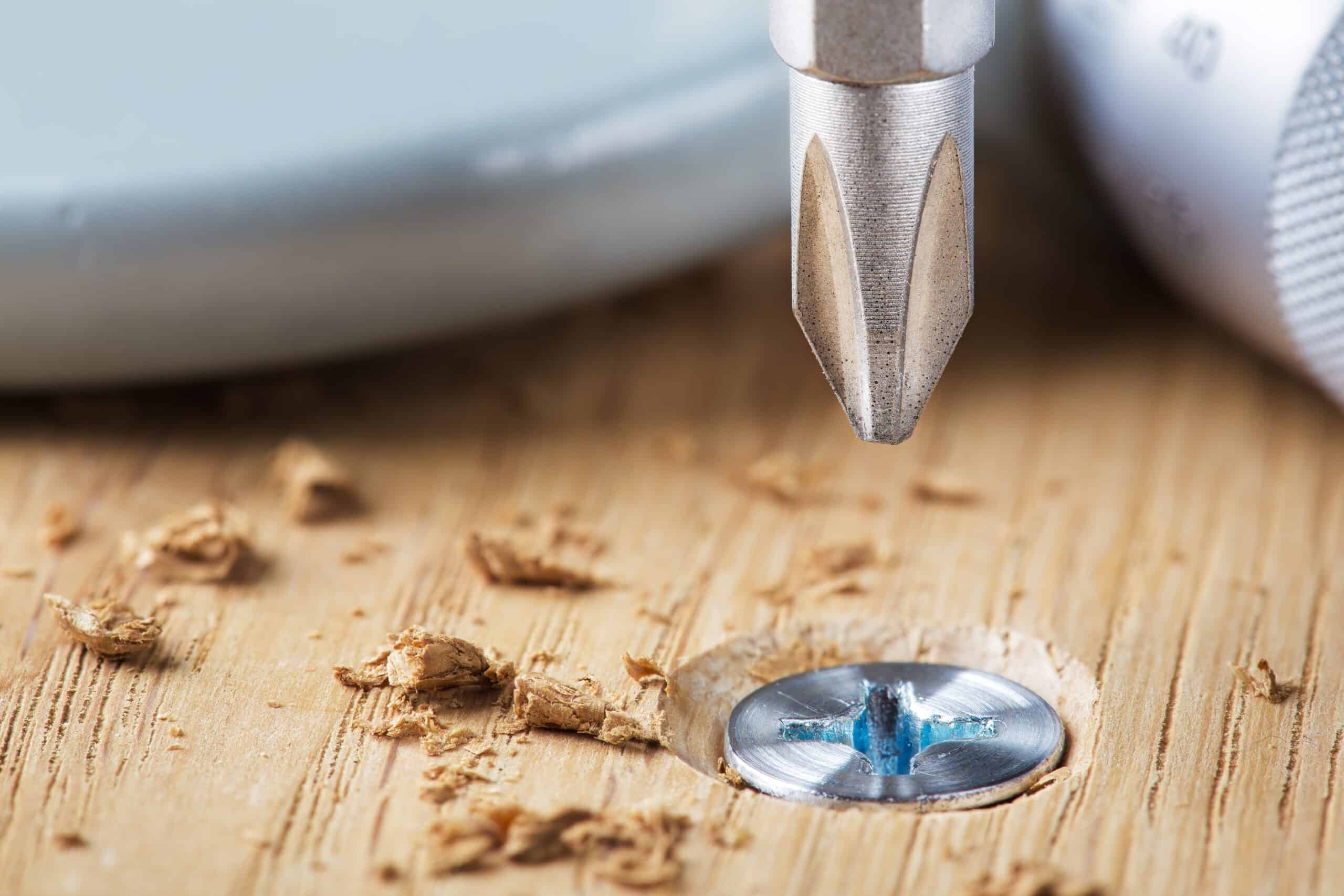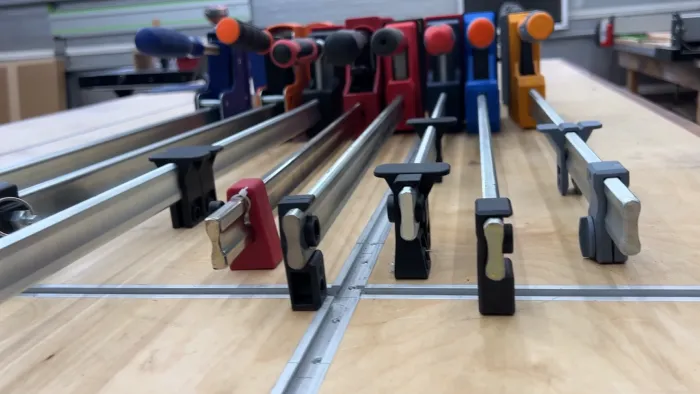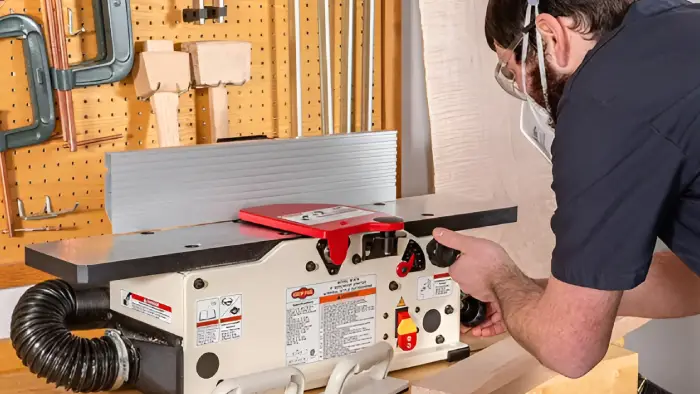WoodenuKnow.com is a participant in the Amazon Services LLC Associates Program, an affiliate advertising program designed to provide a means for sites to earn advertising fees by advertising and linking to Amazon.com and may earn from qualifying purchases.
Corded and cordless band saws are incredibly versatile and useful tools for woodworking, metalworking, and other DIY projects. They allow you to cut through materials quickly and accurately. The only question left: which one should you use?
Corded band saws provide greater cutting speed and a constant stream of power from an electrical outlet than their cordless counterparts. Cordless band saws are incredibly convenient for mobility around the workspace without having to be plugged into an electrical outlet at all times.
You will find the right answer when comparing factors such as cutting speed, power source, portability, ease of use, safety, cost, noise & vibration levels between corded and cordless models.
Here, we explore the differences between corded and cordless band saws, their advantages and disadvantages, and which one might be best for your project.
Corded vs Cordless Band Saw: Comparison Between Two Models
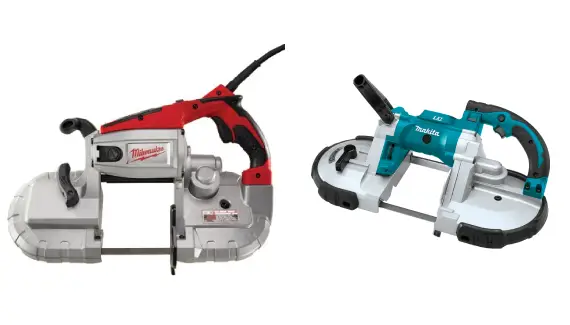
Looking to power through your next wood or metalworking project? Read this comparison guide to finding the perfect band saw: corded or cordless.
1. Cutting Speed and Efficiency:
When considering cutting speed, a corded band saw is the preferred choice for professional woodworking and metalworking shops.
The reason for this is that corded band saws have faster cutting speeds and more control over depth adjustments and cuts. This makes them ideal for intricate projects, as they are able to make precision cuts quickly with minimal effort.
Cordless band saws, on the other hand, run slower with less control over the cut. This makes them a better choice for simpler tasks where accuracy isn’t as important.
2. Power Source and Reliability for Run Time:
The power source also plays an important role in determining which type of band saw to choose. A corded band saw is powered by an electric motor, which provides it with a consistent power supply and excellent reliability when it comes to run time.
On the other hand, a cordless band saw is powered by rechargeable batteries. Although this allows for mobility, it does reduce its overall runtime due to the need to reload or replace batteries as needed periodically.
3. Portability and Ease of Use:
In terms of portability, corded band saws are stationary and unmaneuverable around workspaces. This restricts their use to locations where there is a nearby power outlet or generator available.
Regarding ease of use, corded models are slightly harder to operate than their wireless counterparts because they require more setup time before getting started on a project.
Meanwhile, cordless band saws allow for mobility around a workspace because they don’t require an external power source. This offers more freedom when it comes to working in smaller spaces or moving around larger areas without worrying about having wires trailing behind you at all times.
This increases their flexibility when it comes to both indoor and outdoor projects alike.
4. Noise and Vibrations:
Cordless band saws tend to produce less noise and vibrations than their corded counterparts. It makes them more suitable for indoor tasks where noise levels need to be controlled. This is mainly because they run on battery power rather than electric current, reducing the amount of energy used in powering them up.
Cords, meanwhile, can create humming noises when plugged into outlets as well as vibrating against walls or floors due to the electricity flowing through them.
5. Safe to Use From Electric Shocks:
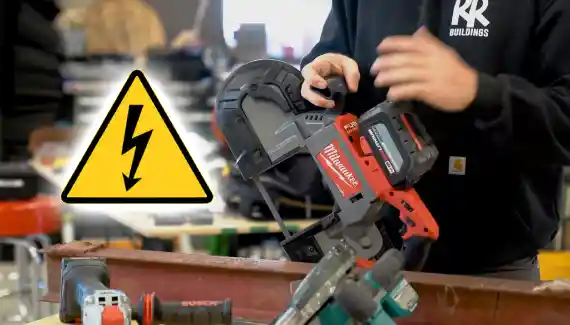
Corded band saws can pose an electric shock risk if the wire is cut and comes in contact with your skin. Be aware of this hazard to protect yourself against potential shocks.
Cordless models use battery operated power sources, which eliminates any risk of electric shock due to contact with wet surfaces.
Both types of saws are designed with safety guards that cover the blade and prevent accidental contact with body parts such as fingers or hands during operation.
6. Maintenance:
The maintenance required for a corded or cordless band saw will depend on the specific model and type used. Generally, corded models require less routine maintenance than their cordless counterparts. They typically have fewer moving parts and features like enclosed motors.
Cordless saws do require more frequent maintenance since their battery packs must be regularly charged in order to maintain full power during operation.
7. Buying Cost:
A corded band saw is generally the more economical choice when purchasing one. The initial cost of a corded model is generally cheaper than that of a cordless model. Its operating costs are also lower due to not needing to buy batteries or chargers for it.
On the other hand, some cordless band saws may be cheaper than their corded counterparts due to their convenience and mobility around workspaces. So, the cost of a corded and cordless band saw may vary depending on their features, power output, and other factors.
Corded vs. Cordless Band Saw: Which One Should You Choose?
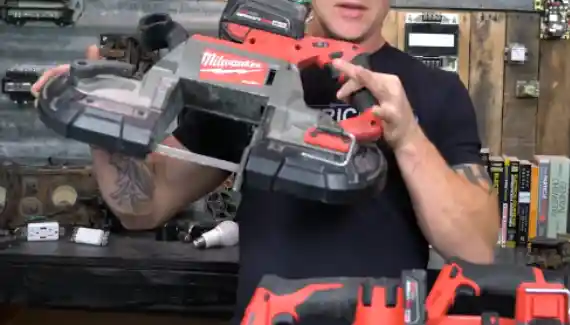
There isn’t a single “correct” answer when it comes to choosing between a corded or cordless band saw. It’s all about finding the model that best meets your needs.
If you require the ultimate cutting speed or reliability for long-lasting run times, then a corded band saw may be your best bet. But if portability or mobility around your workspace is important then a cordless model may be preferable.
Consider the type of work you plan to do, your budget, workspace, mobility needs, and workload frequency when making your choice between cordless or corded band saws. It’s important to also weigh up all other aspects, such as safety, noise, and vibration levels before making your final decision.
With thoughtful consideration of a few key elements, you’ll be sure to find the ideal band saw for your specific project requirements.
What is a Cordless Band Saw Good for?
For precise, effortless cutting of wood, metal, and plastic materials alike, a cordless band saw is a tool for you. With its powerful motor and adjustable speed settings, it ensures smooth cuts every time without fail.
The portability of the saw makes it perfect for working in tight spaces or on job sites where it is impossible to bring power tools. With the right knowledge and skill level, this versatile tool can create many projects.
What is The Main Danger with The Band Saw?
The main danger associated with using a band saw is contact with its rotating blade, which can lead to lacerations or even amputation if not handled properly. Other risks include exposure to dust particles generated by the saw while cutting certain materials and contact with soluble materials such as oil and solvents.
It is essential that operators take all necessary safety precautions when working with this type of machine, such as wearing safety glasses and a mask at all times. Note that due to the blades’ proximity to the operator’s body, there is always a risk of bodily harm from accidental contact with them.
Do You Need a Special Band Saw to Cut Metal?
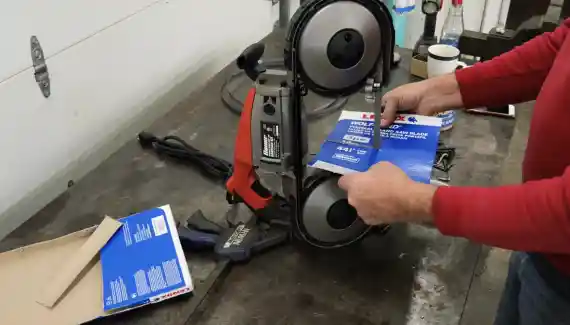
You don’t need to invest in a specialized band saw for metal cutting. Utilizing the speed and strength of high-speed steel or bi-metal blades, you can easily modify most regular band saws to complete this task. Adjusting SPM between 100 and 350 allows reliable performance when slicing through metals with ease.
When selecting a blade for cutting your materials, it’s important to consider the type of surface you’ll be working on. Luckily, there are specialized blades available for every application, from models designed solely for metalwork, to those suitable for both wood and metal cutting.
Whether you’re dealing with steel or timber surfaces, make sure that the best-suited tools are used in order to achieve professional results.
How Long Do Portable Band Saw Blades Last?
Most blades are designed to last up to six months or approximately 350 hours of use when operated and maintained properly. But the lifespan of a portable bandsaw blade can vary greatly depending on the material being cut, the frequency of use, and general wear and tear.
Under certain conditions, such as cutting very soft materials like foam or plastic, blades can last significantly longer, sometimes upwards of years. Depending on their strength and durability, some bandsaw blades are designed to last longer than others.
Discover the Suitable Band Saw for Your Project
Whether you’re cutting wood, building furniture, or trellises, selecting the right band saw for your project is crucial.
Consider all of its features to ensure it meets your needs, from cutting speed and power source reliability to portability/mobility and safety features. Ensure that the purchase price of a band saw works within budget parameters.
Corded models have faster cutting speeds but tend to vibrate more, while cordless ones are better in convenience but may require longer charging depending on usage frequency. If you consider all these points, you can find yourself picking out the perfect band saw that suits your particular project needs.

